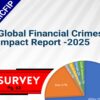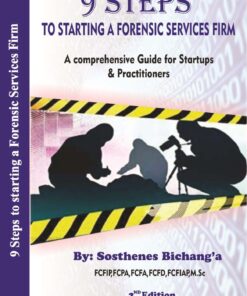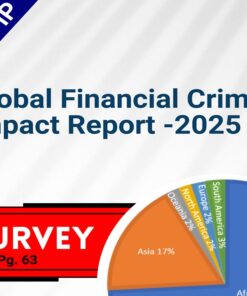Integrating the Broken Windows Theory & Forensic Accounting
$0.00
5 Downloads
The current era, marked by the inexorable digitization of the global economy, has brought unprecedented connectivity and operational efficiency. But this transformation has paradoxically made the financial system more vulnerable to fraud. The landscape now dominated by digital platforms and complex transaction mechanisms starkly illustrates the inadequacy of traditional anti-fraud mechanisms.





